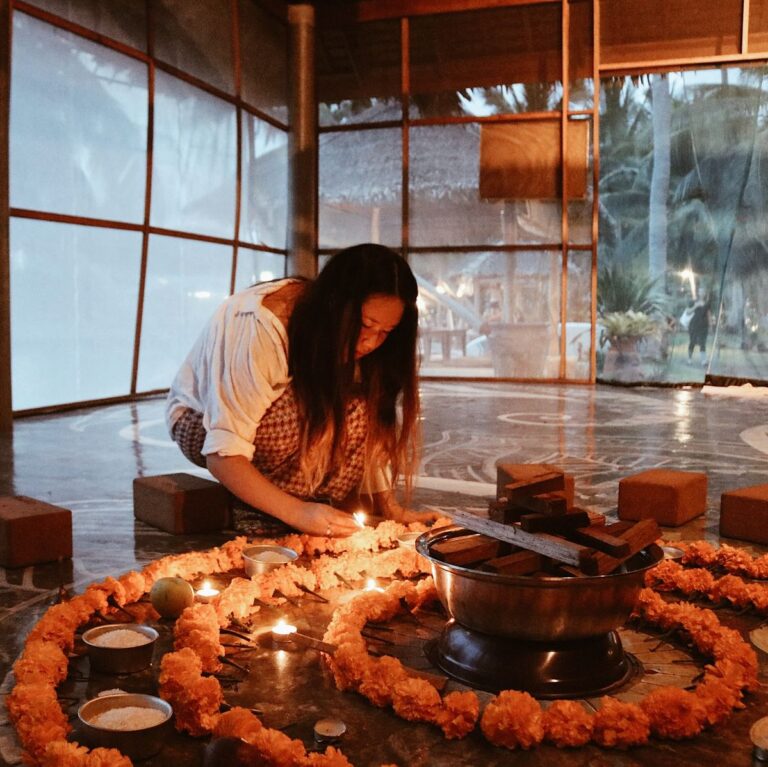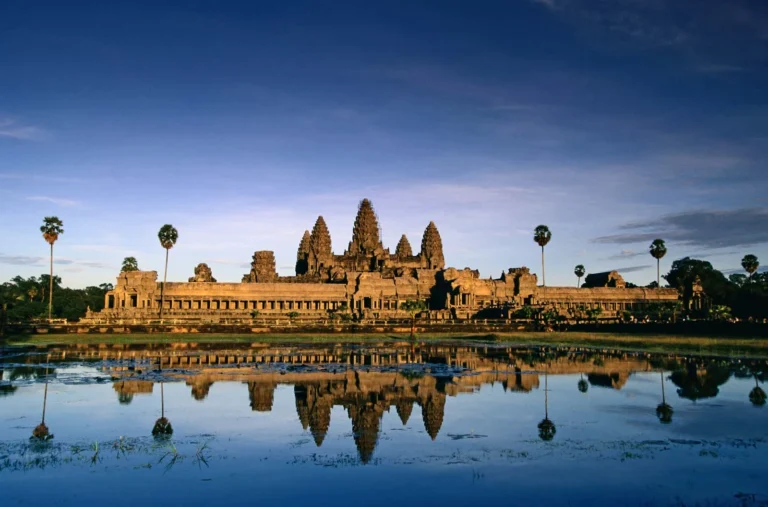Most beautiful temples in India ( by Regions ) 2025
I have been to India 8 times and I love the country! Spirituality , culture, religion and architecture are incredible!
I’m finally ready to spill the tea on the most jaw-dropping temples this incredible country has to offer. Trust me, these aren’t just buildings – they’re architectural marvels that’ll make your Instagram followers drool!
My selection of the 7 best Indian temples
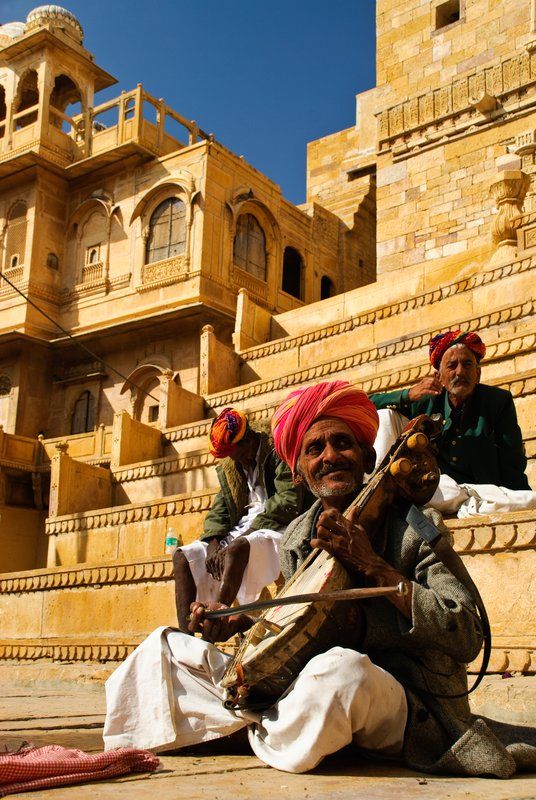
The South Indian Temple Trail: Where Dravidian Architecture Meets Divine Beauty
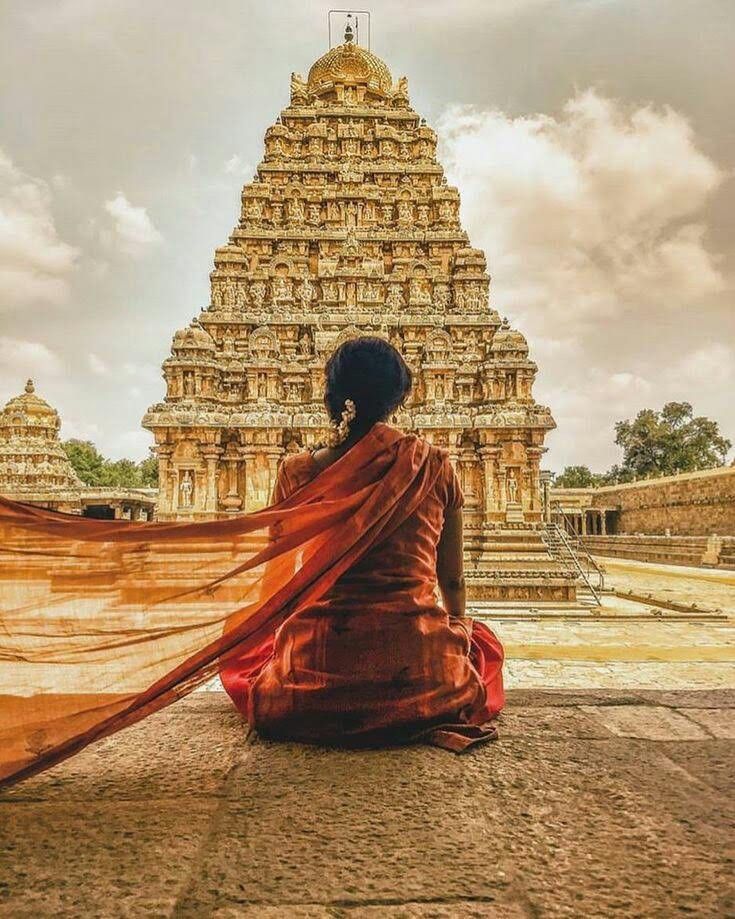
Meenakshi Amman Temple: The Queen of Tamil Nadu
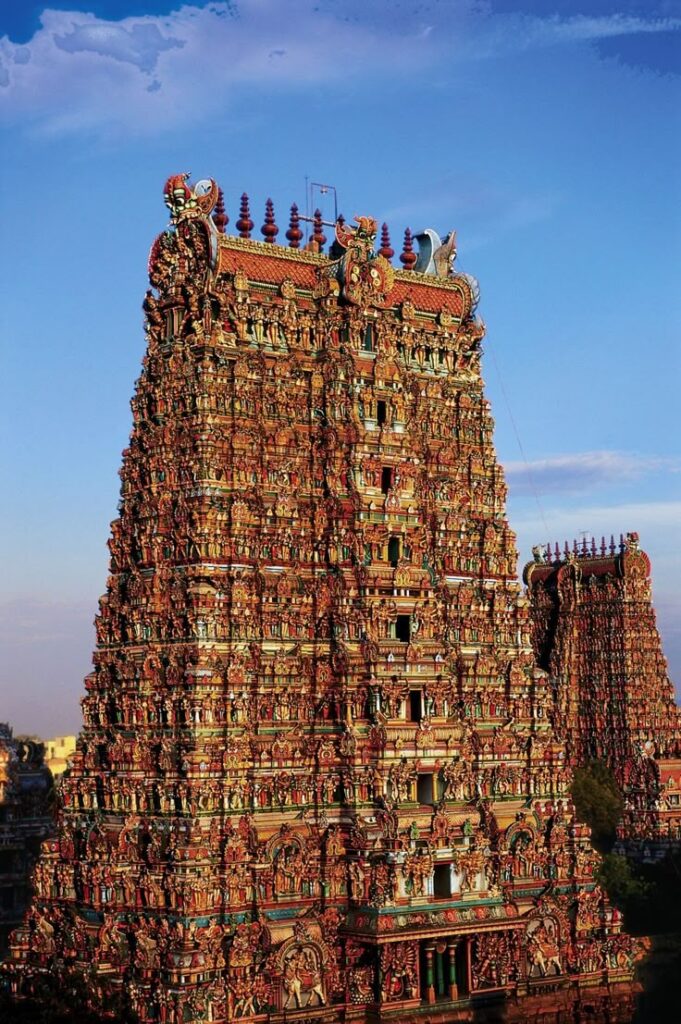
Let me start with my absolute favorite – the Meenakshi Amman Temple in Madurai, Tamil Nadu. Picture this: 14 mind-blowing gopurams (tower gates) reaching toward the heavens, covered in thousands of colorful sculptures that look like they’re having their own divine party! Dedicated to Goddess Meenakshi and Lord Sundareswarar, this 7th-century marvel will literally make your jaw drop.
Pro tip: Visit during the evening aarti (prayer ceremony) when the whole temple complex comes alive with thousands of oil lamps. Pure magic, I tell you!
Brihadeeswarar Temple: The Big B of Thanjavur
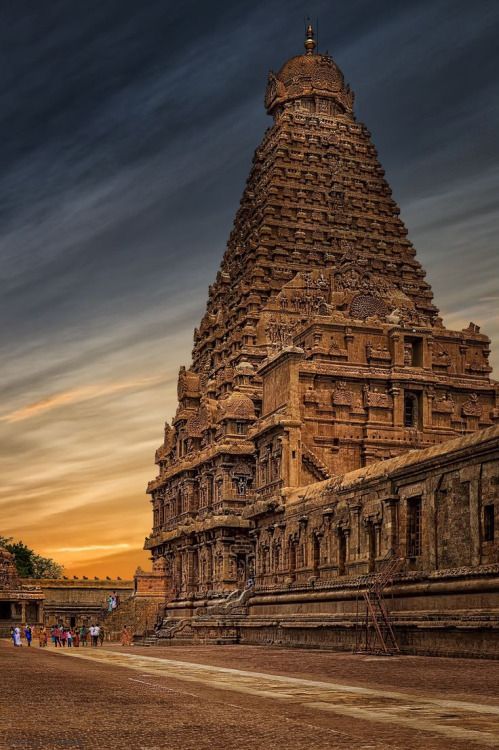
Next up is the absolutely massive Brihadeeswarar Temple, a UNESCO World Heritage site that’ll make you feel like an ant (in the best way possible!). Built during the Chola dynasty in the 11th century, this temple is basically the Dravidian architecture’s way of flexing. The main temple tower rises 216 feet high, topped with an 80-ton granite block. How they got it up there in the 11th century is still a mystery that keeps me up at night!
Ramanathaswamy Temple: The Corridor King
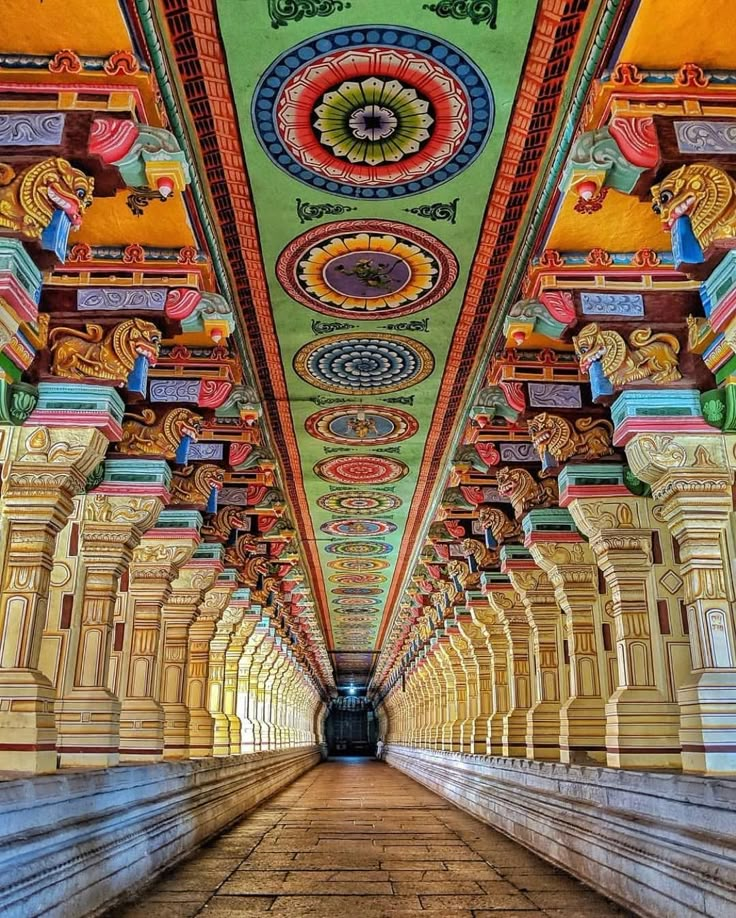
Speaking of impressive, let me tell you about the Ramanathaswamy Temple in Rameshwaram. This place has the longest temple corridor in the world – we’re talking about 4,000 pillars! I literally got lost counting them (and taking selfies, obviously). This is one of the holiest places for Lord Shiva devotees and part of the sacred Char Dham pilgrimage.
Northern Delights: Where Ancient Meets Awesome
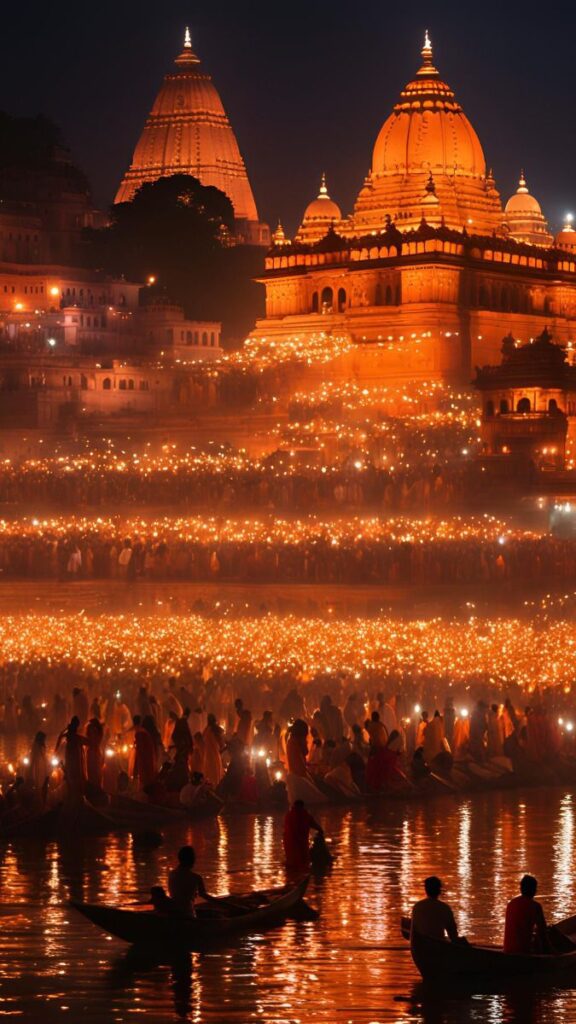
The Golden Temple: Punjab’s Crown Jewel

Okay, folks, prepare yourselves for the most Instagram-worthy temple ever – Sri Harmandir Sahib, aka the Golden Temple in Amritsar. This place isn’t just gorgeous; it’s literally covered in gold! But what really stole my heart was the free meals (langar) they serve to everyone, regardless of religion or status. I’ve had some of the best dal of my life here!
Khajuraho Temples: The Spicy Side of Spirituality
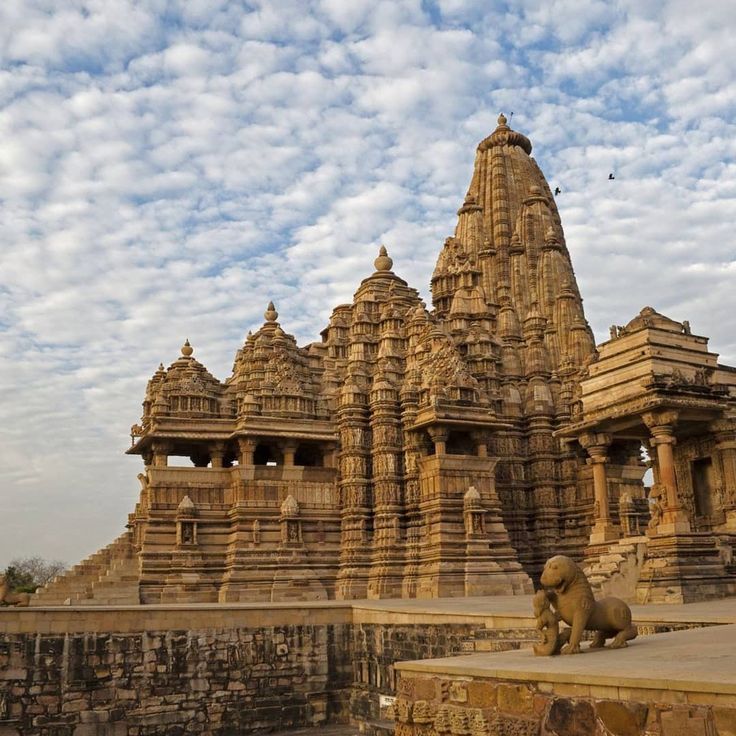
Now, let me tell you about the Khajuraho Temples in Madhya Pradesh – and yes, they’re famous for those erotic carvings everyone whispers about! Built by the Chandela dynasty between the 9th and 12th centuries, these temples are a UNESCO World Heritage site that proves our ancestors weren’t as conservative as we thought. The intricate carvings here aren’t just about the Kama Sutra – they represent all aspects of life, from warfare to meditation.
Hidden Gems and Must-Visit Wonders

Virupaksha Temple: Hampi’s Heart
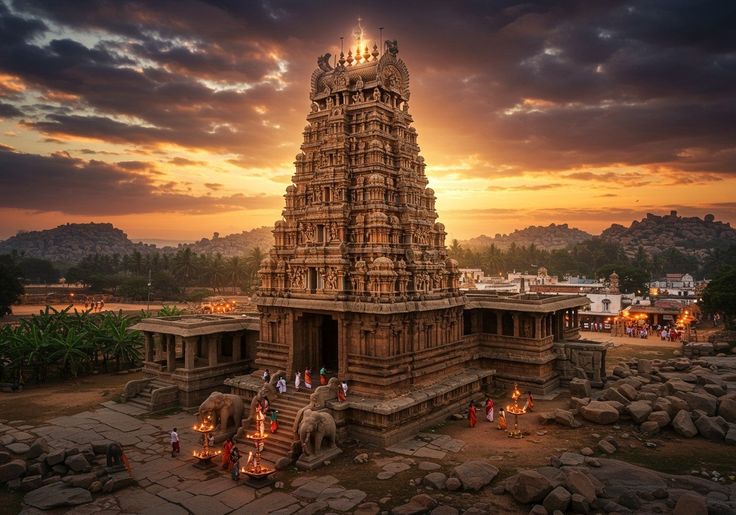
Hidden among Hampi’s boulder-strewn landscape is the stunning Virupaksha Temple. This 7th-century temple is still active and houses a happy family of monkeys who think they own the place (spoiler alert: they kind of do). The temple’s architecture creates a natural pinhole camera effect that projects an inverted image of the main tower on a wall – how cool is that?
Kailasa Temple: The Mountain of Marvels
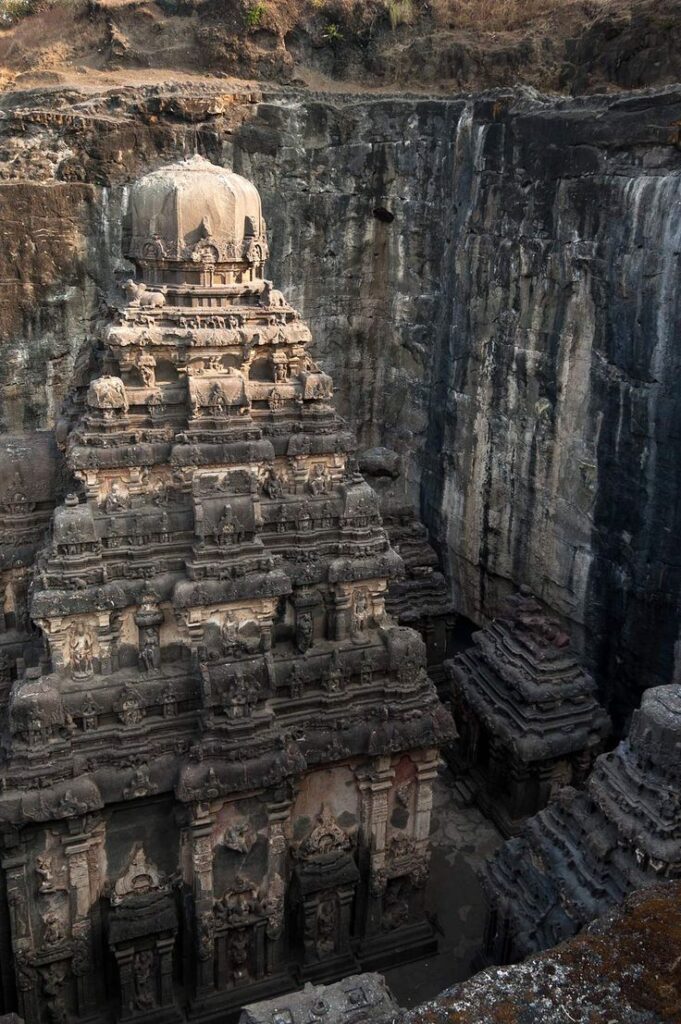
Let me blow your mind real quick – the Kailasa Temple at Ellora wasn’t built; it was carved out of a single rock, top to bottom! This 8th-century architectural marvel dedicated to Lord Shiva took over 100 years to complete. Every time I visit, I discover new details in the intricate carvings that tell stories from Hindu mythology.
Best Indian Temples by Regions

North India’s Architectural Marvels
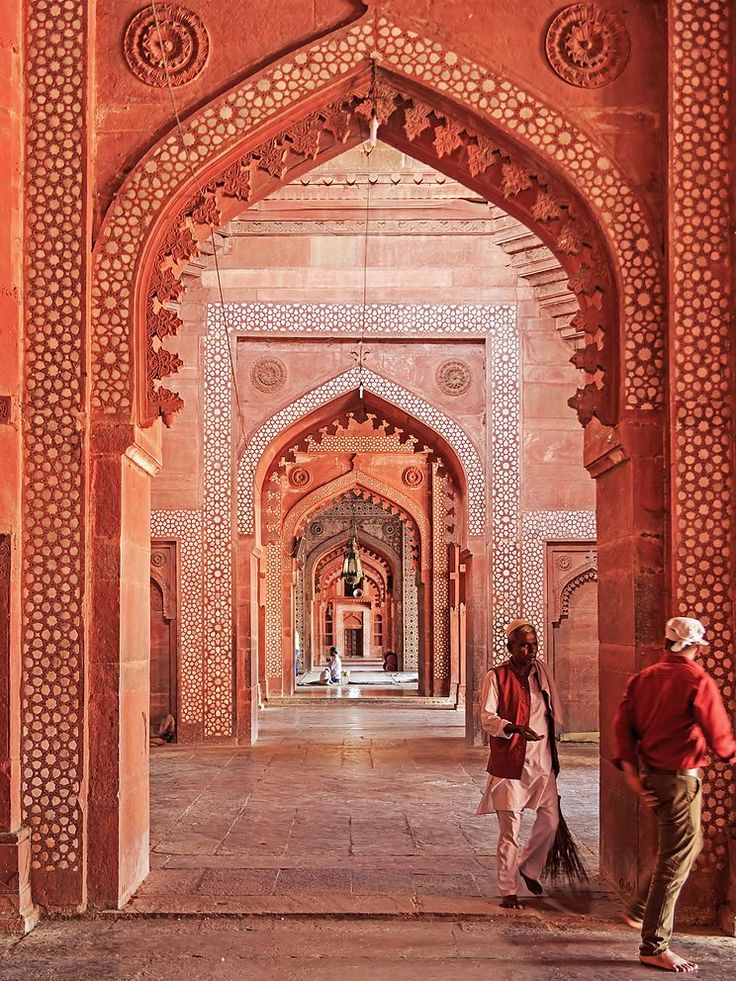
Uttar Pradesh & Madhya Pradesh

The northern region showcases the magnificent Nagara style of architecture, characterized by its distinctive curvilinear towers (shikharas) and elaborate stone carvings.
Khajuraho Temples, Madhya Pradesh
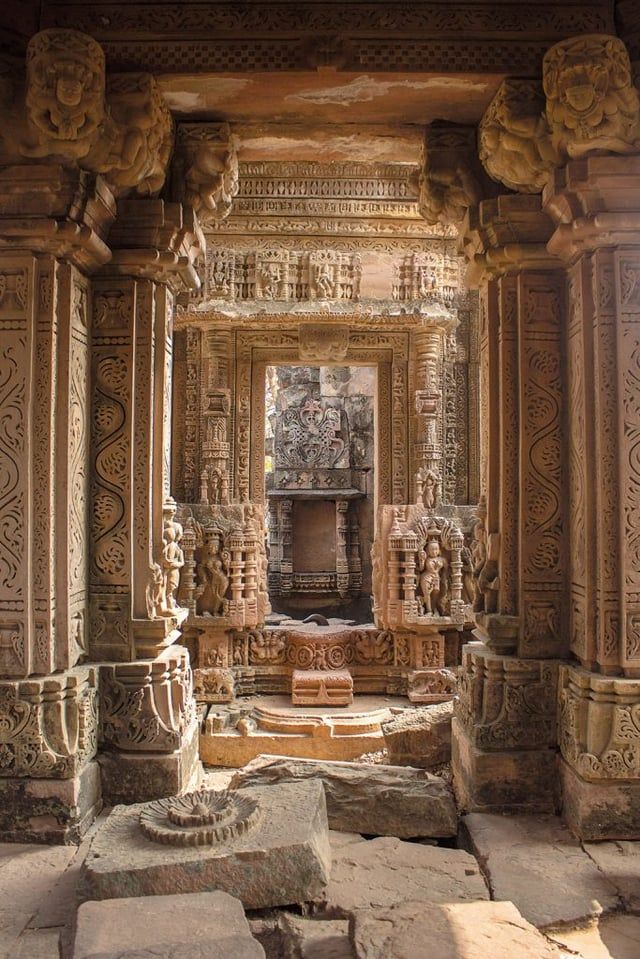
The UNESCO World Heritage Site of Khajuraho stands as a testament to the architectural brilliance of the Chandela dynasty. The Kandariya Mahadev Temple, the largest and most ornate, features:
- Over 900 exquisitely carved sculptures
- A soaring shikhara reaching towards the heavens
- Intricate depictions of life, spirituality, and human relationships
Golden Temple (Sri Harmandir Sahib), Punjab

This architectural marvel in Amritsar represents a unique blend of Hindu and Islamic architectural styles, featuring:
- A stunning golden dome reflecting in the sacred pool
- Four entrances symbolizing openness to all faiths
- The world’s largest free kitchen (langar) serving thousands daily
South India’s Dravidian Grandeur

The southern region is renowned for its Dravidian architecture, characterized by pyramidal towers and elaborate gopurams.
Tamil Nadu’s Temple Treasures

Brihadeeswarar Temple, Thanjavur
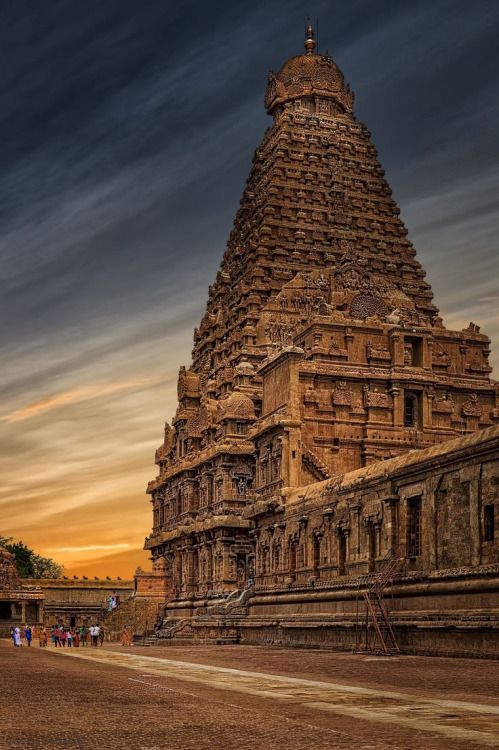
This UNESCO World Heritage site, built during the Chola dynasty, showcases:
- A massive 216-foot high vimana topped with an 80-ton granite block
- Intricate Chola-style frescoes
- A massive Nandi statue carved from a single stone
Meenakshi Amman Temple, Madurai
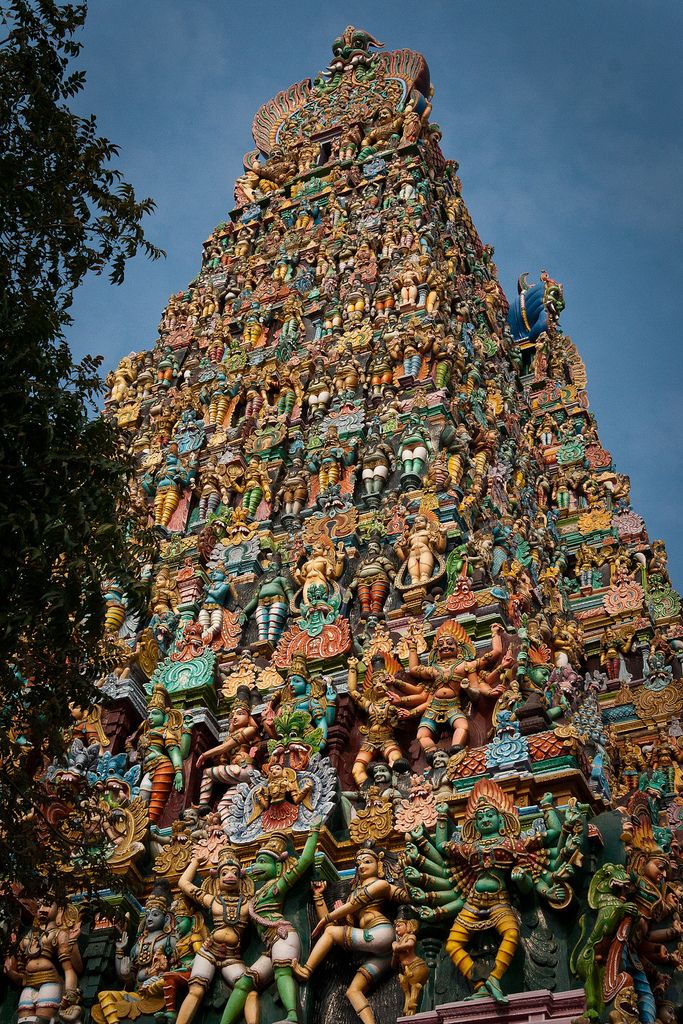
A colorful testament to Dravidian architecture featuring:
- 14 magnificent gopurams covered with colorful sculptures
- The famous Thousand Pillar Hall
- Intricate ceiling paintings depicting sacred stories
Karnataka’s Architectural Gems

Virupaksha Temple, Hampi
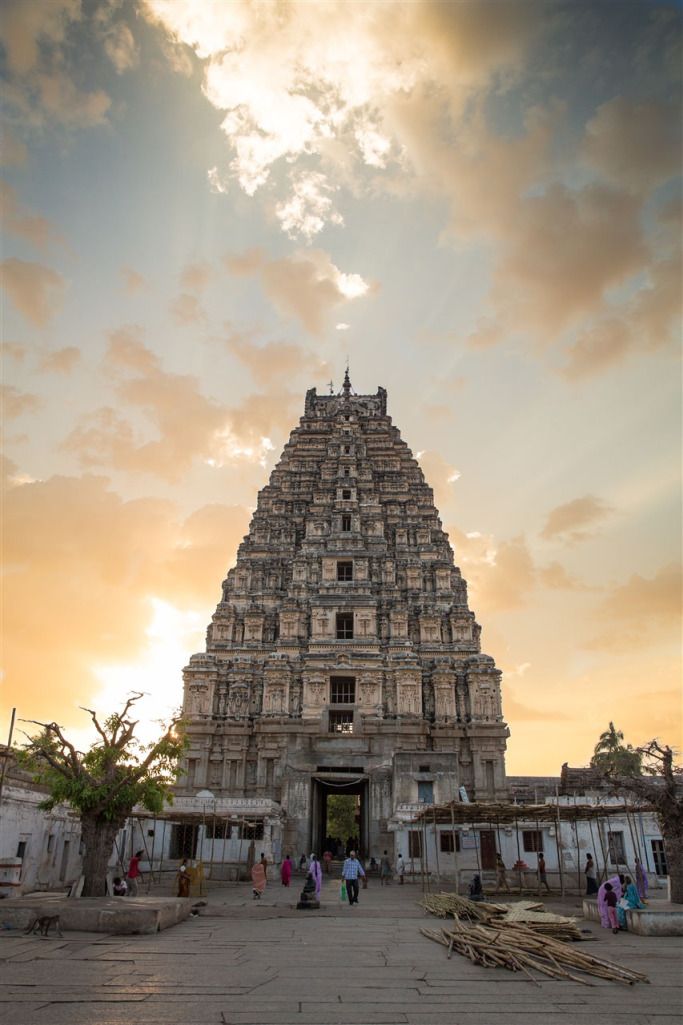
Part of the UNESCO World Heritage site of Hampi, this temple features:
- A 160-foot high main gopuram
- Ancient inscriptions and paintings
- A unique architectural feature that creates a natural pinhole camera effect
East India’s Sacred Structures

The eastern region offers a distinct architectural style, particularly in Odisha and West Bengal .
Odisha’s Temple Heritage
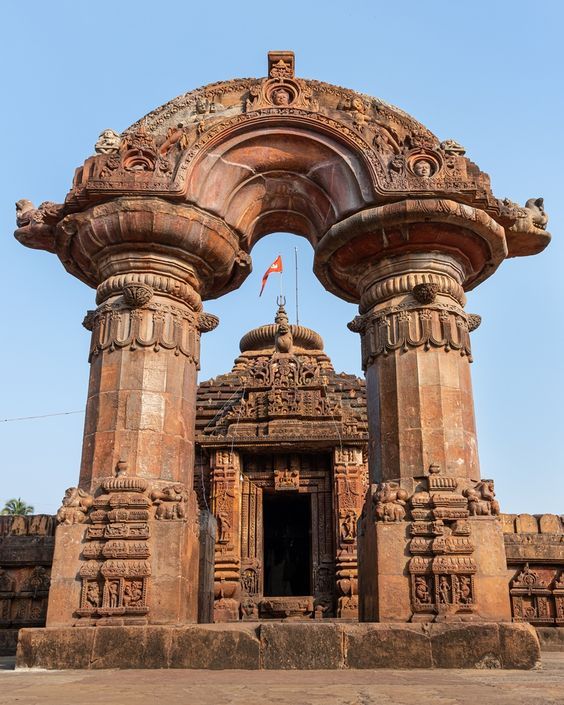
Konark Sun Temple
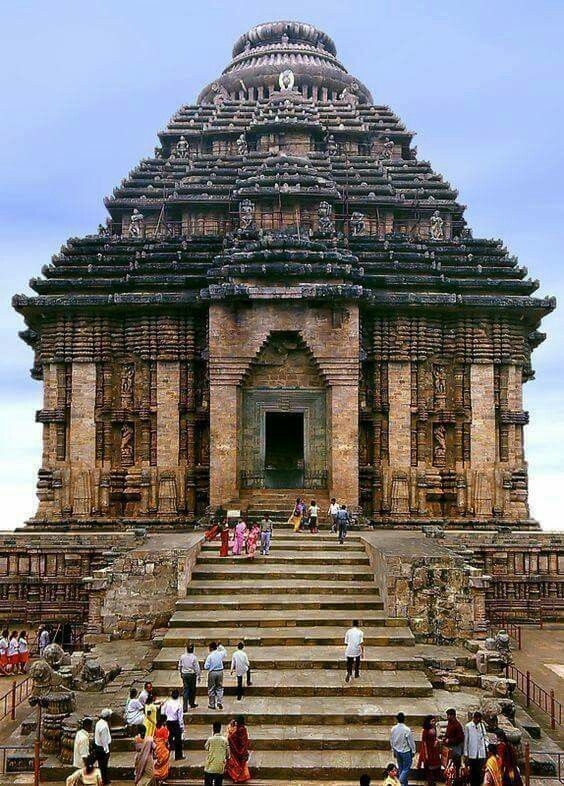
This architectural marvel, shaped like a massive chariot, features:
- 24 intricately carved wheels
- Detailed stone carvings depicting daily life and mythology
- A unique architectural design that allows it to tell time through shadows
Jagannath Temple, Puri

One of the Char Dham pilgrimage sites, known for:
- Its massive structure visible from miles away
- The unique flag that always flows in the opposite direction of the wind
- Traditional Kalinga architecture
West Bengal’s Terracotta Temples
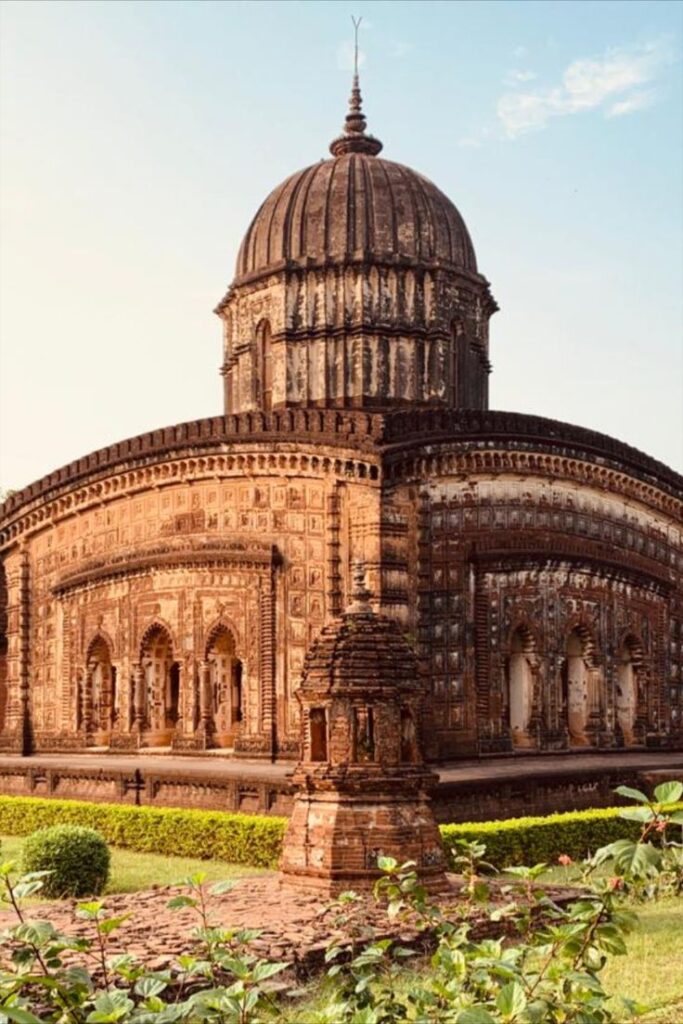
The Bishnupur temples showcase:
- Intricate terracotta work depicting scenes from Hindu epics
- Unique Bengali architectural style
- Beautiful fusion of local and Islamic architectural elements
Western India’s Sacred Architecture
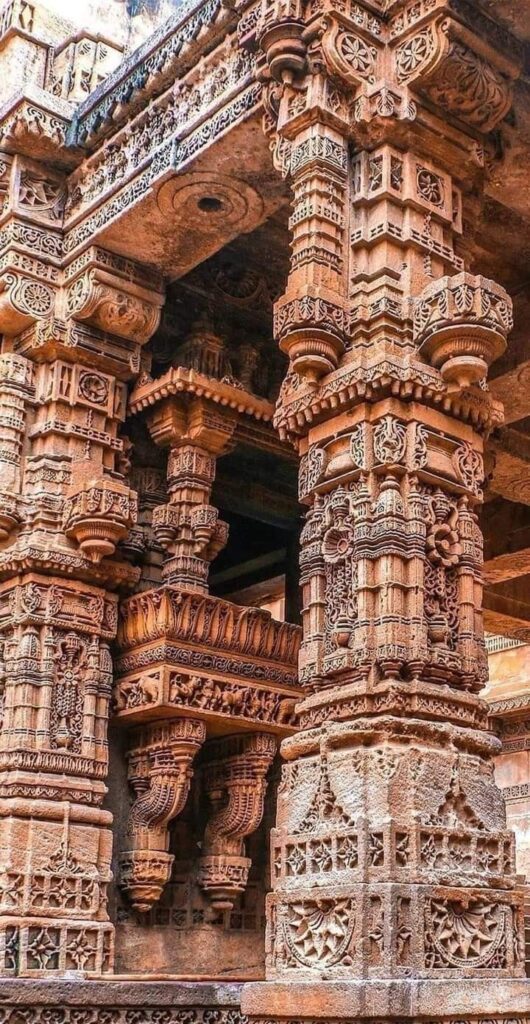
Gujarat’s Temple Heritage
Somnath Temple

This revered Jyotirlinga shrine features:
- Traditional Chalukya style architecture
- Intricate carvings on its spires
- A strategic location on the Arabian Sea coast
Sun Temple, Modhera
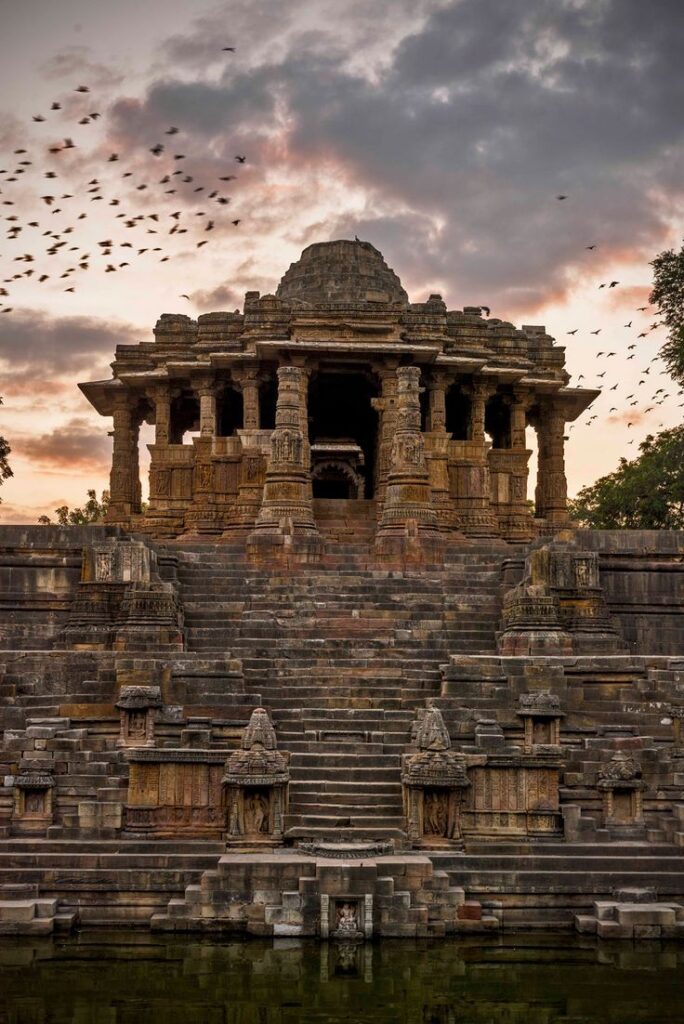
A masterpiece of Solanki dynasty architecture, known for:
- Its perfectly aligned east-west orientation
- Intricate carvings depicting scenes from Hindu epics
- A magnificent stepped tank (kund) with geometric patterns
Rajasthan’s Desert Temples

Dilwara Temples, Mount Abu
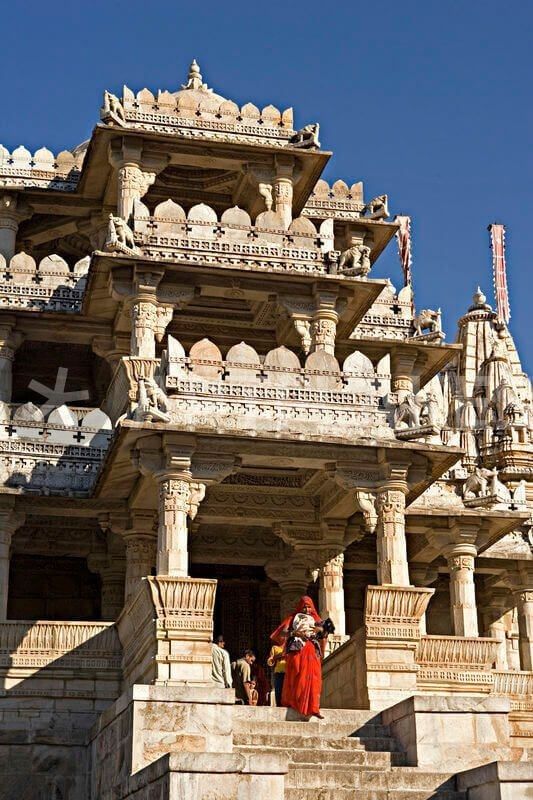
These Jain temples are renowned for:
- Stunning marble carvings of unparalleled intricacy
- Perfect symmetry in architectural design
- Peaceful atmosphere despite being a major tourist attraction
What is the oldest temple in India?

The Mundeshwari temple in Bihar holds the distinction of being one of India’s oldest functional temples, with archaeological evidence dating it to around 108 CE . However, recent archaeological discoveries suggest even older temple structures existed. Underwater archaeological findings at Dwarka have revealed structures dating back approximately 9,500 years , potentially making it one of the oldest temple sites in India. The earliest known Hindu temple structures were found in Besnagar (3rd-2nd century BCE) and Nagari (1st century BCE), featuring elliptical shrines associated with the early Bhagavata tradition.
Practical Tips for Temple Visits
Best Time to Visit
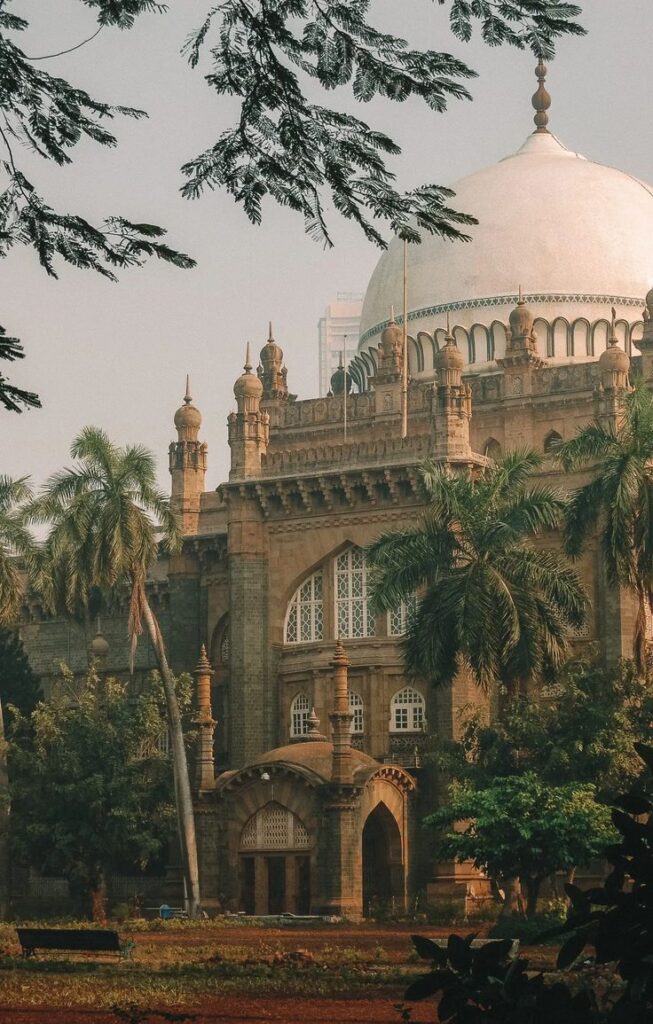
- October to March is ideal for most regions due to pleasant weather
- Early morning or evening visits offer better photography opportunities and smaller crowds
- Festival times provide unique cultural experiences but expect larger crowds
Dress Code and Etiquette
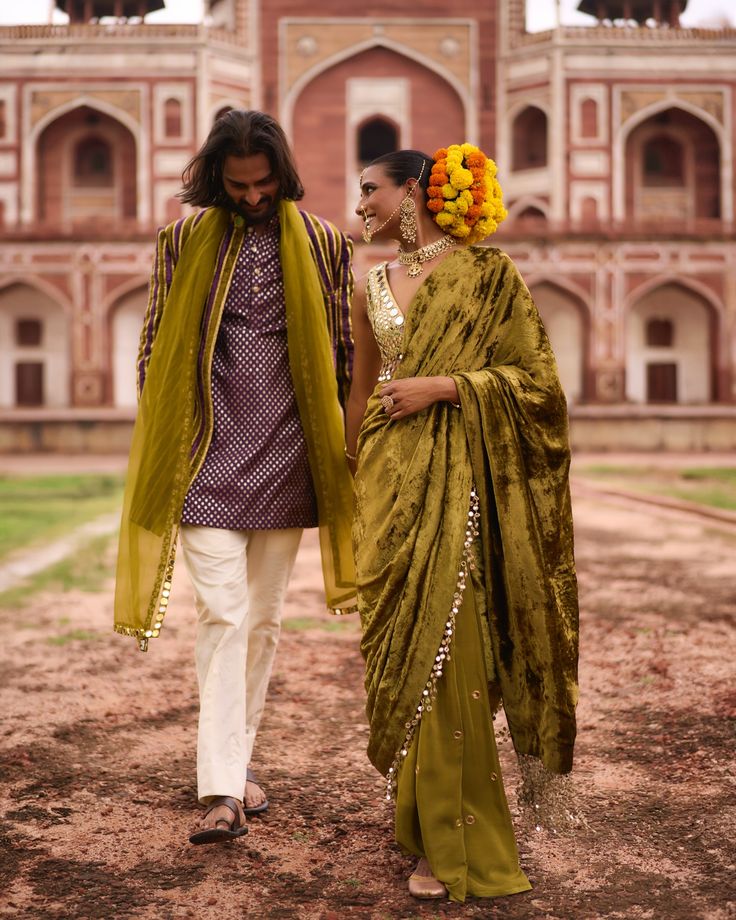
- Wear modest clothing covering shoulders and knees
- Remove shoes before entering temples
- Maintain silence and respect local customs
- Photography may be restricted in some areas
Accessibility
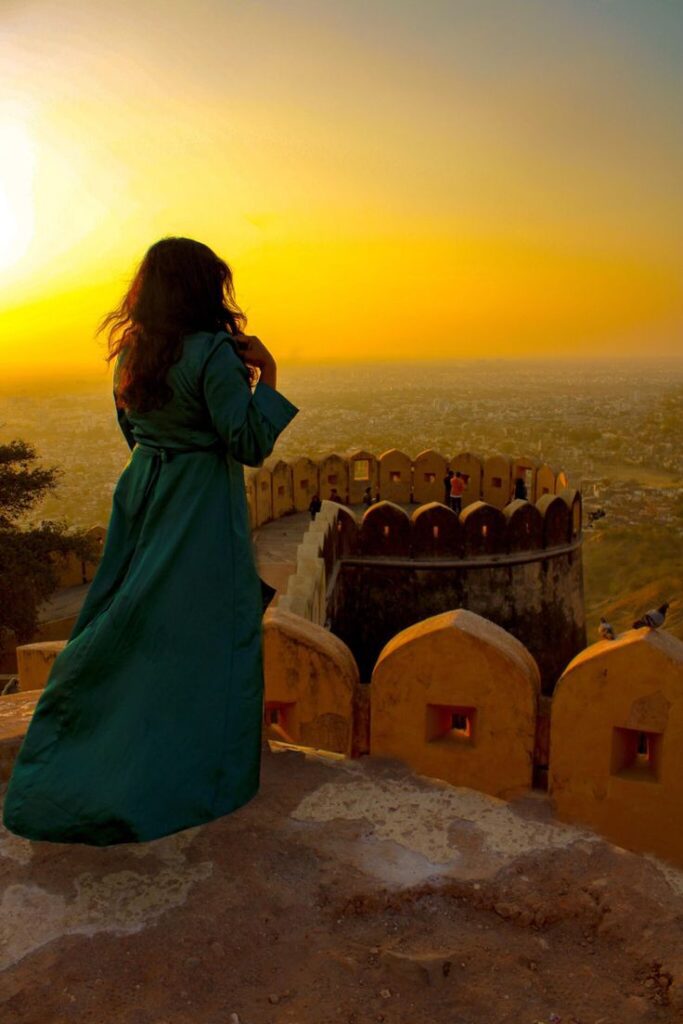
- Major temples are well-connected by road and rail
- Some remote temples might require additional planning
- Consider hiring local guides for historical context
- Check temple timings in advance as they vary by location
Cultural Significance
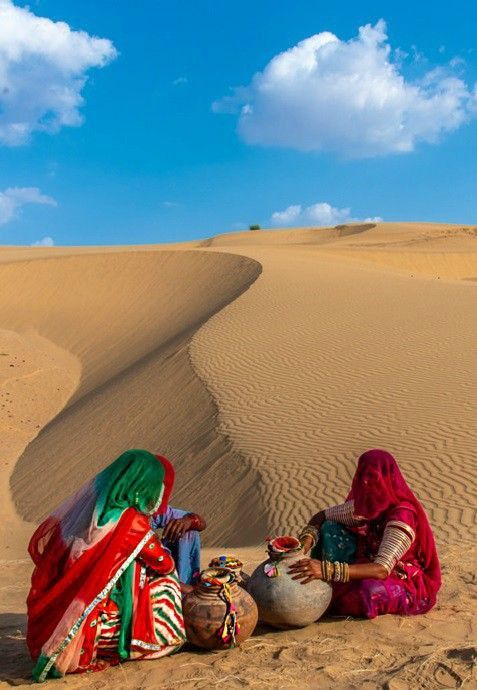
These temples are not just architectural marvels but living institutions that continue to play vital roles in Indian society. They serve as:
- Centers of spiritual practice and devotion
- Repositories of art and culture
- Venues for festivals and celebrations
- Educational centers preserving ancient traditions
Each temple tells its own story through its architecture, sculptures, and the communities that have preserved them for centuries. Whether you’re a spiritual seeker, history enthusiast, or architecture lover, India’s temples offer something for everyone, making them essential stops on any journey through this diverse country.
Remember that these temples are active places of worship, so approaching them with respect and understanding enhances not only your experience but also helps preserve these magnificent monuments for future generations.
Best Time to Visit and Practical Tips
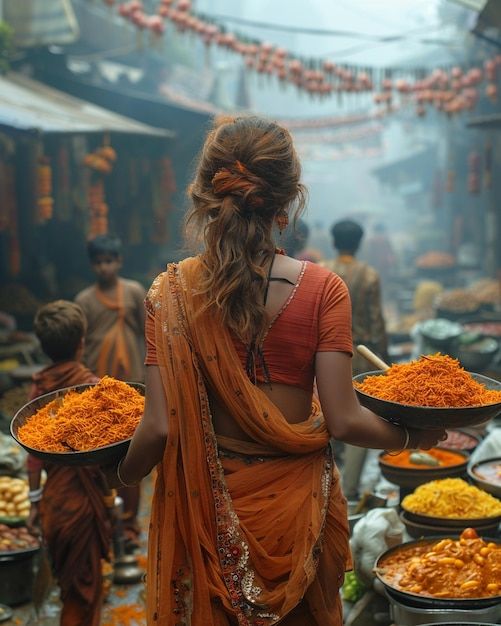
The best time to explore these temples is between October and March when the weather is more forgiving. Trust me, you don’t want to be climbing those ancient steps in the scorching Indian summer!
Quick Tips from Your Friendly Temple Explorer:

- Dress modestly – shoulders and knees covered, folks!
- Remove shoes before entering (pro tip: wear easily removable footwear)
- Carry a small towel (Indian summers are no joke)
- Visit during early morning or evening for the best photos and fewer crowds
- Keep some small change handy for offerings and donations
The Spiritual Side of Things
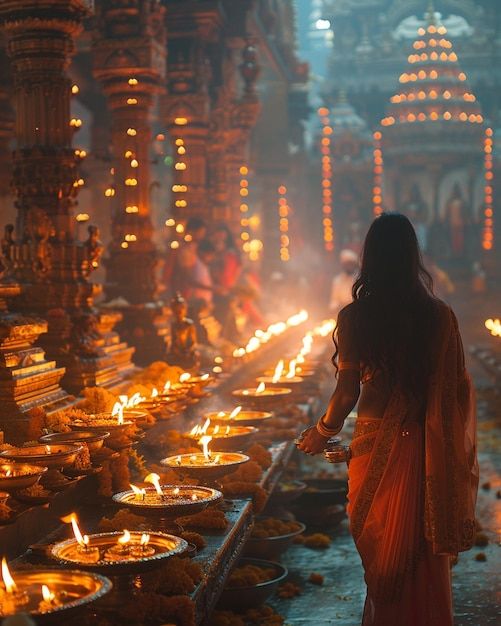
What makes these temples truly special isn’t just their architecture or history – it’s the living, breathing spirituality that fills every corner. Whether it’s the chanting of mantras at the Kashi Vishwanath Temple, the ringing of bells at the Badrinath Temple, or the peaceful silence at the Lotus Temple in New Delhi, each place has its own unique energy that you have to experience to believe.
Final Thoughts
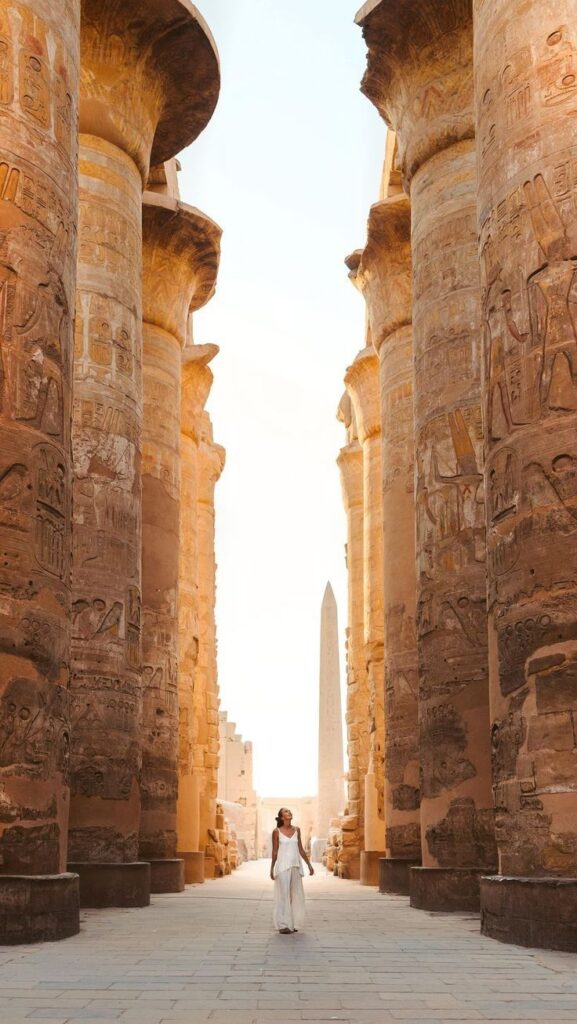
After visiting hundreds of temples across this incredible land of temples, from the snow-capped peaks of Northern India to the tropical shores of Tamil Nadu, I can tell you that each one has its own story, its own charm, and its own magic. These aren’t just tourist attractions; they’re living testimonies to India’s rich heritage and architectural brilliance. So, pack your bags, grab your camera, and get ready for a spiritual adventure that’ll change your life – or at least your Instagram feed! 😉Until next time, keep exploring!
WHO AM I ?
Hello! I’m Eric, a French Australian citizen based between Australia, Asia and Bali and I love to travel and experience the world. I generally like outdoor activities, wellness, great food and venues , parties and real local adventures! I am a Yoga practitioner and fitness lover
I created this blog because I love to travel and I want to share my experiences with others. I’ve been traveling since I was a child, and I’ve been to over 50 countries. I’ve seen some amazing things and met some amazing people, and I want to help others experience the same things.
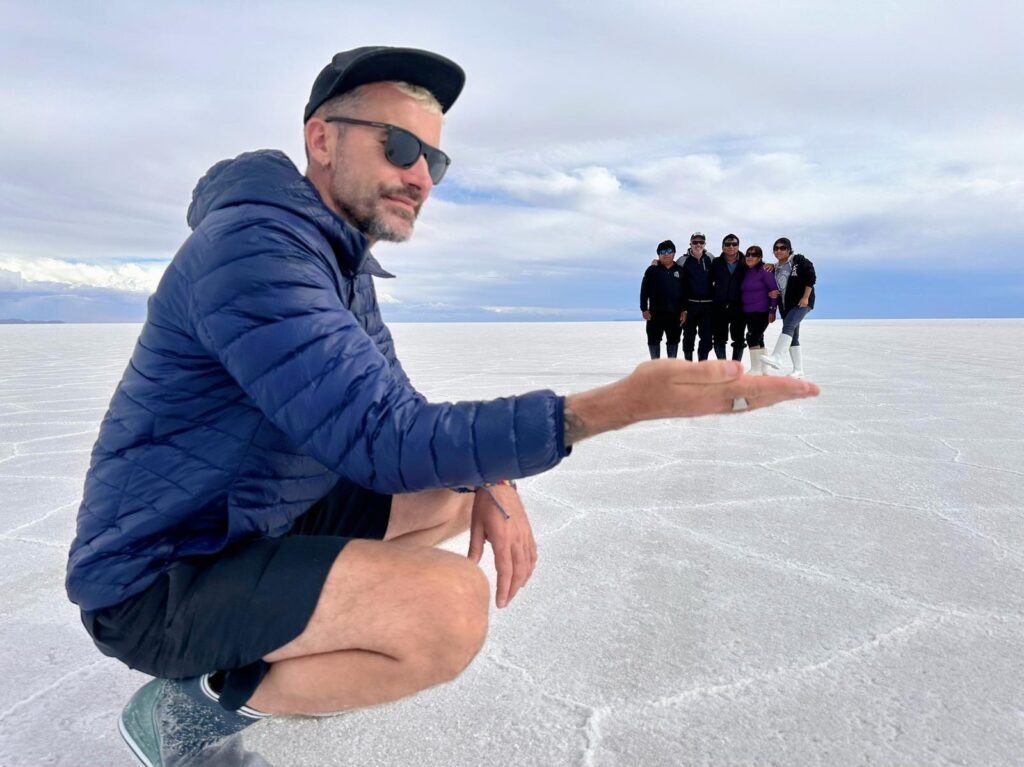
I believe that travel is one of the best ways to learn about the world and about yourself. When you travel, you’re forced to step outside of your comfort zone and experience new things. You learn about different cultures, different religions, and different ways of life. You also learn about yourself, your strengths, and your weaknesses.
Travel can also be a great way to make new friends. When you’re traveling, you’re surrounded by people from all over the world, and you’re all in the same boat. You’re all there to explore and experience new things, and that can create a bond between people.
Let’s connect together!
I hope that my travel blog will inspire others to travel and to see the world. I also hope that it will help people to learn about different cultures and to become more open-minded.


